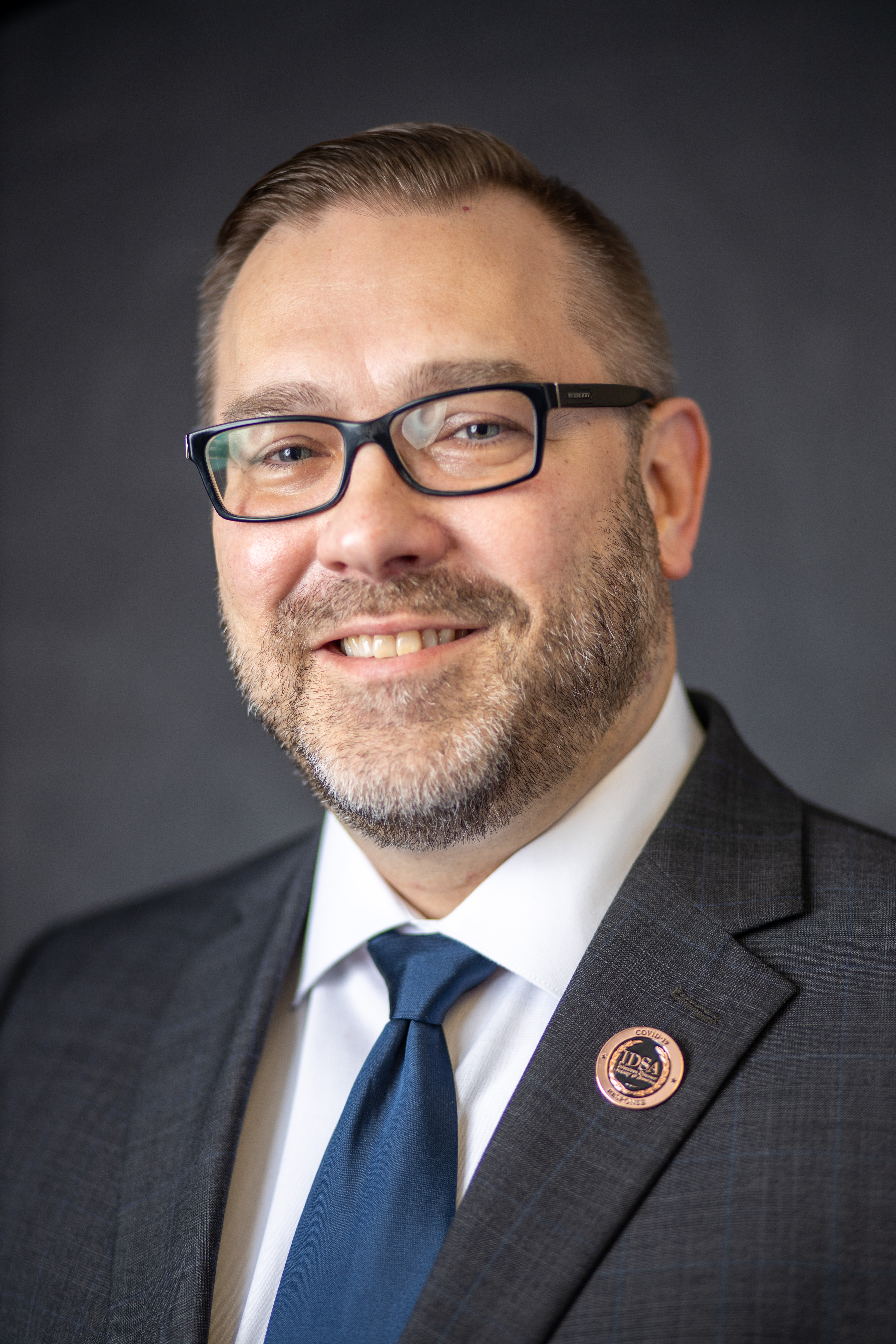Physicians should lead physician oversight efforts, according to this CMO.
Robert Kopec, MD, MBA, became vice president and CMO at Morton Plant Hospital on March 30. The hospital is part of Clearwater, Florida-based BayCare Health System. He has held several leadership roles at BayCare, most recently serving as CMO of Morton Plant North Bay Hospital.
According to Kopec, clinical oversight of physicians is best accomplished through other physicians.
"Physician oversight is best done by other physicians—meaning that physicians want to be overseen by other physicians who are in their specialty," Kopec says. "For example, it is hard for me to make any kind of oversight comments in women's health, where I do not have the background of obstetrics or gynecology."
Physician leaders who serve as department chiefs are well-positioned to provide physician oversight, according to Kopec.
"It is important to have strong department chiefs who help to drive opportunities for improvement and to find specifics where physicians need to improve on certain diagnoses in terms of length of stay and readmissions," Kopec says. "It is helpful to have those strong physician leaders to lead oversight by peers."
Peer reviews should be confidential, fair, and evidence-based, Kopec explains, and physician oversight should be provided in a culture that is non-punitive.
"We are all human—there are going to be mistakes," Kopec says. "As long as there is no pattern to mistakes and there is no other egregious nature to mistakes, we can always learn from something that has happened in order to make sure that we drive positive change."
To establish a non-punitive culture, CMOs and other healthcare leaders should focus on processes rather than people, according to Kopec.
"The processes are what drive a lot of the issues that arise in a hospital," Kopec says. "The leaders of service lines need to understand the importance of processes and to impact them positively."
A pivotal element of physician oversight is having clear expectations for a medical staff, Kopec explains. This can be accomplished by making bylaws, rules, regulations, and policies as transparent as possible.
"Our physicians can look at them any time online," Kopec says. "You need to consistently enforce those policies and bylaws with each physician or advanced practice provider."
Finally, physician oversight should include rewards and recognition. At Morton Plant Hospital, Kopec says this happens on an annual basis.
"For example, we have a Physician Leadership Award that is given every year," Kopec says. "We highlight physicians who have exemplified extraordinary care."
 Robert Kopec, MD, MBA, is vice president and CMO of Morton Plant Hospital, which is part of BayCare Health System. Photo courtesy of BayCare Health System.
Robert Kopec, MD, MBA, is vice president and CMO of Morton Plant Hospital, which is part of BayCare Health System. Photo courtesy of BayCare Health System.
Keys to success in infection prevention and control
Several factors drive success in infection prevention and control, according to Kopec, who previously served as medical director of infection prevention and control at Morton Plant Mease.
"You not only need a strong infection prevention team," Kopec says. "You need to make sure that you have a strong environmental services team that helps to maintain a clean environment."
At Morton Plant Hospital, they have implemented Tru-D, which is a technology that uses ultraviolet light for disinfection.
Kopec explains that hospitals and ambulatory surgery centers should have a strong sterile processing department that helps maintain surgical instruments to make sure they are sterile for surgical procedures.
A hospital's pharmacy department also has an essential role to play in infection control and prevention, Kopec explains.
"You also must have a pharmacy that assists with antimicrobial stewardship—pharmacy makes sure that the right antibiotic is used," Kopec says. "You want to use the most narrow-spectrum antibiotic for the shortest amount of time."
At the national level, nearly 50% of the antibiotics that are given in the hospital setting may not be necessary, according to Kopec.
"We do our best possible with our pharmacy team to make sure that if we are using antibiotics, we are using them for the shortest time possible for a specific disease process," Kopec says.
Infection prevention managers and infection preventionists should conduct daily surveillance of medically needed devices such as urinary catheters and central venous lines, Kopec explains.
"We try to discontinue as many urinary catheters as possible," Kopec says. "When they are medically necessary, we need to make sure urinary catheters and central venous lines are maintained properly."
Successful physician engagement
To promote physician engagement, CMOs and other healthcare leaders should focus on creating an environment where physicians love to work, Kopec says.
Encouraging physicians to express their opinions is also crucial in physician engagement. Kopec says his organization’s leadership has an open-door policy to hear from physicians all the time, not just in department meetings.
"We want to hear from physicians as soon as something comes to life and is an issue in their world," Kopec says. "We want to be a part of the solution, and we want physicians to help drive change."
Physician engagement requires open communication and an understanding that when change is needed, CMOs and other healthcare leaders need to support that change. Kopec emphasizes that patience is an essential element of supporting change for CMOs and other administrators.
"You must understand that there are going to be certain people who are early adopters to change and some people who are late to adopting change," Kopec says. "You must be patient when there are things that need to be improved."
Christopher Cheney is the CMO editor at HealthLeaders.
KEY TAKEAWAYS
Physician oversight should be conducted in a culture that is non-punitive.
Infection prevention and control teams need to be paired with strong environmental services teams and pharmacy departments.
Physician engagement requires open communication and an understanding that when change is needed, CMOs and other healthcare leaders need to support that change.
